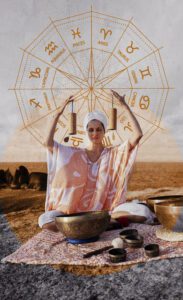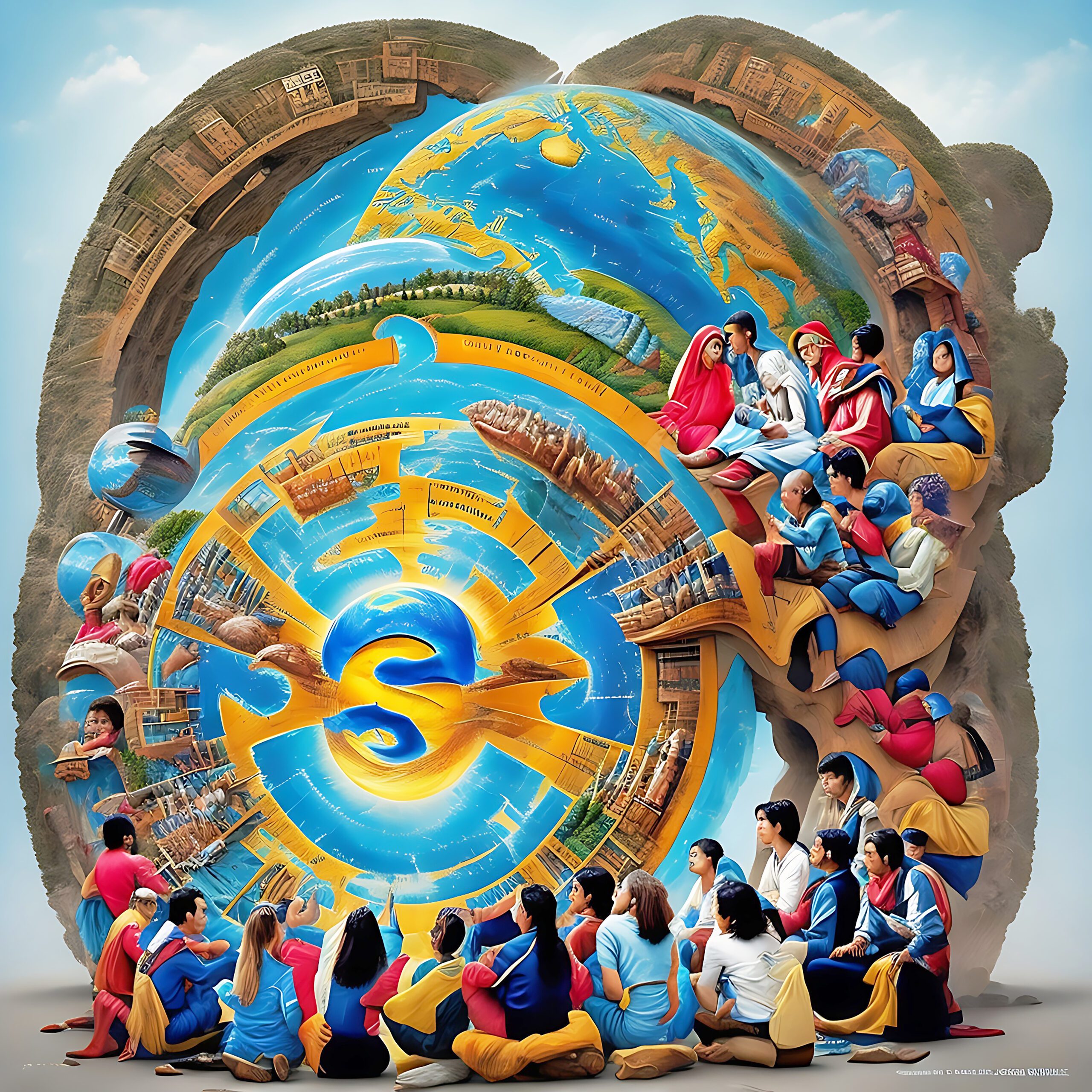The concept of magic is incredibly diverse and has evolved over centuries, spanning various cultures and belief systems. While there are countless forms of magic, it’s common to categorize magical practices into eight broad types. These categories provide a framework for understanding the different ways in which magic is practiced and perceived around the world. In this exploration, we’ll delve into each of the eight types of magic in detail:

1: Divination Magic: Unveiling the Future
Divination magic is the art of gaining insight into the future or hidden knowledge through various methods. Practitioners, known as diviners, use tools like tarot cards, runes, astrology, or scrying (looking into a reflective surface) to interpret signs and symbols. Divination seeks to answer questions or provide guidance on life decisions, and it’s often regarded as a way to tap into universal wisdom or the divine.
- Tarot Reading: Tarot cards are a popular divination tool, consisting of a deck of 78 cards with symbolic imagery. Tarot readers interpret the cards’ positions and relationships to provide insights into a person’s life and future.
- Astrology: Astrologers analyze the positions and movements of celestial bodies to create horoscopes and birth charts, which are believed to reveal personality traits and life events.
- Palmistry: Palm readers examine the lines and features of the hand to gain insights into an individual’s character and future.
2: Alchemy: The Quest for Transformation
Alchemy is both a mystical and proto-scientific tradition that seeks to transform base metals into noble metals like gold and attain spiritual enlightenment. It encompasses the belief that the microcosm (the individual) and the macrocosm (the universe) are interconnected. Alchemists often use complex symbolism and allegory to convey their teachings.
- Transmutation: The central goal of alchemy is transmutation, the transformation of impure elements (such as lead) into pure ones (such as gold). This process is both physical and spiritual, symbolizing inner growth and enlightenment.
- Philosopher’s Stone: The philosopher’s stone, a legendary substance, is said to grant immortality and the power to turn base metals into gold. It represents the highest level of spiritual attainment in alchemy.
3: Sympathetic Magic: The Law of Similarity
Sympathetic magic is based on the principle that like produces like or that two things once in contact continue to influence each other. It’s divided into two forms: sympathetic magic by resemblance and sympathetic magic by contact.
- Law of Similarity: This principle suggests that an object can affect something or someone that it resembles. For example, a voodoo doll that looks like a person can be used to influence or harm that individual.
- Law of Contact: This principle posits that objects that were once connected continue to influence each other even when separated. Hair, nail clippings, or personal belongings can be used in sympathetic magic to influence the person they were taken from.
4: Chaos Magic: Embracing Individual Belief
Chaos magic is a modern and eclectic form of magic that emerged in the late 20th century. Unlike traditional systems, chaos magic emphasizes pragmatism and personal belief over fixed rituals and traditions. Practitioners may draw from various sources and belief systems, adapting them to suit their individual needs.
- Belief as a Tool: Chaos magicians see belief as a tool that can be used to bring about change. They may adopt and discard beliefs as needed for specific purposes.
- Psychodrama: Chaos magic often involves psychodramatic rituals, where practitioners immerse themselves in a belief or scenario to bring about change in their consciousness or reality.
5: Ceremonial Magic: Precision and Symbolism
Ceremonial magic is characterized by its structured and highly ritualistic approach. Practitioners, known as magicians or ceremonialists, meticulously follow prescribed rituals, symbols, and invocations to summon and control supernatural forces or entities.
- The Lesser Key of Solomon: This grimoire (a book of magical spells and invocations) is a classic example of ceremonial magic. It contains instructions for summoning demons and angels.
- Kabbalistic and Hermetic Influences: Ceremonial magic often draws from Kabbalistic and Hermetic traditions, incorporating complex symbols and correspondences.
6: Witchcraft: The Craft of the Wise
Witchcraft, also known as Wicca or the Craft, is a modern pagan, nature-based spiritual practice that incorporates magical rituals. Witches often work with the cycles of the moon, the elements, and the energies of nature to manifest their intentions.
- Nature-Centered: Witchcraft emphasizes a deep connection to nature and often involves the worship of a goddess and god, symbolizing the feminine and masculine aspects of divinity.
- Coven and Solitary Practices: Witches may practice alone or as part of a coven (a group of witches). Covens often gather for rituals and celebrations, while solitary witches work independently.
7: Folk Magic: The Magic of the People
Folk magic, also known as folkloric or traditional magic, is a practice rooted in the customs, beliefs, and traditions of a specific culture or community. It encompasses a wide range of magical practices, often passed down orally through generations.
- Hoodoo: A form of folk magic practiced in the Southern United States, hoodoo involves the use of herbs, candles, and rituals for purposes such as healing, protection, and luck.
- Curanderismo: A Mexican folk healing tradition, curanderismo combines indigenous and Catholic beliefs to address physical, emotional, and spiritual ailments.
8: Necromancy: Communicating with the Dead
Necromancy is the practice of communicating with and seeking guidance from the deceased. It often involves rituals and invocations to summon spirits or souls. This type of magic is steeped in mystery and is typically associated with darker or taboo practices.
- Seances: One common form of necromancy involves holding seances to contact and communicate with spirits. Mediums may serve as intermediaries between the living and the dead.
- Historical Context: Throughout history, necromancy has been both feared and condemned, leading to associations with the occult and the sinister.


In conclusion, the eight types of magic offer a glimpse into the diverse ways in which humans have sought to understand and harness the mysteries of the universe. From divination to necromancy, each type of magic reflects unique cultural, historical, and spiritual perspectives. These practices continue to evolve and adapt in response to the changing beliefs and needs of humanity, reminding us of the enduring human fascination with the supernatural and the extraordinary.






